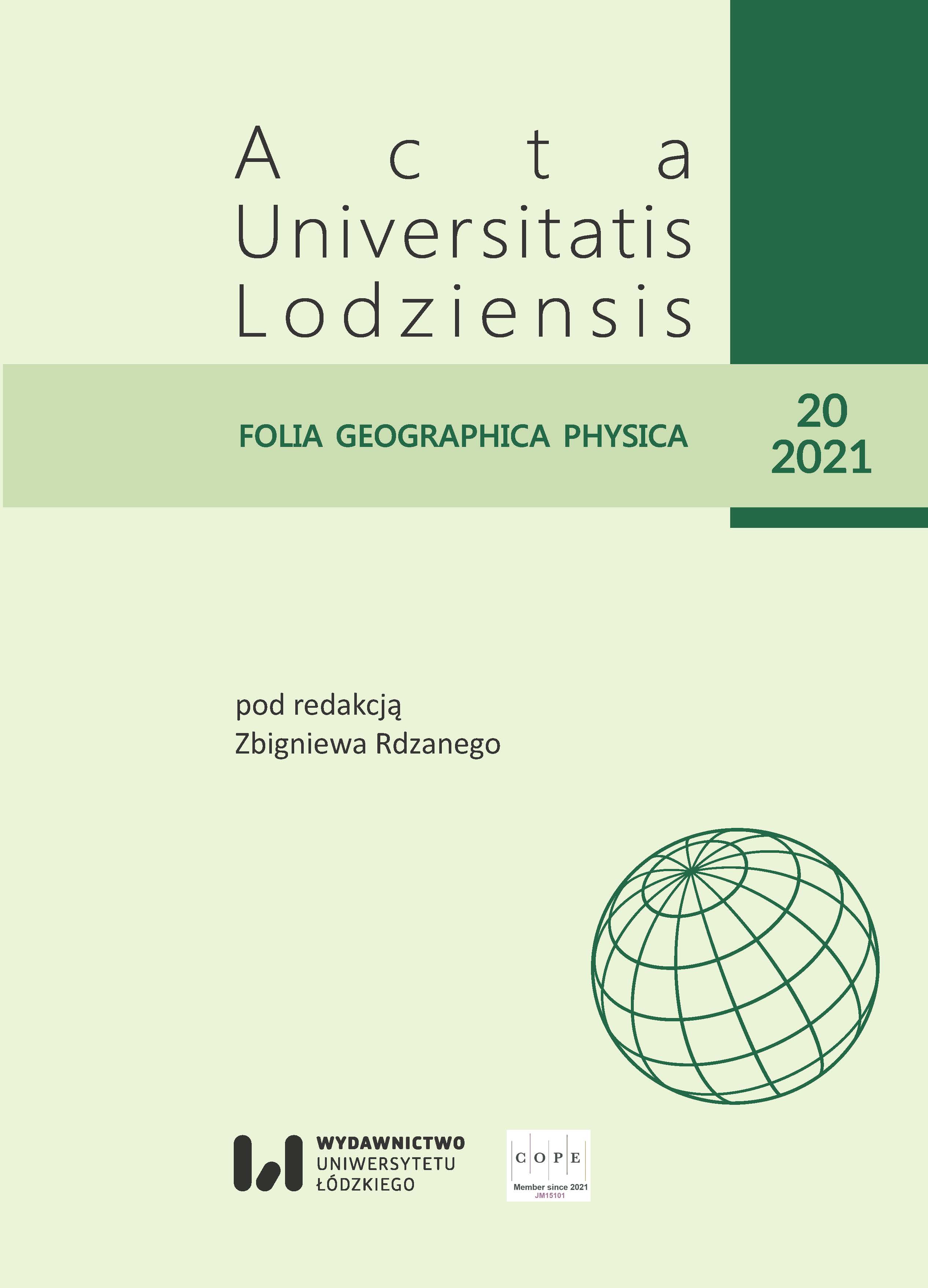Complex genesis of N-channel eskers illustrated with the example of an esker near Tosie (east-central Poland)
Complex genesis of N-channel eskers illustrated with the example of an esker near Tosie (east-central Poland)
Author(s): Małgorzata FrydrychSubject(s): Geography, Regional studies, Historical Geography
Published by: Wydawnictwo Uniwersytetu Łódzkiego
Keywords: Esker; subglacial tunnel; open crevasse; glaciofluvial deposits; Saalian; Poland
Summary/Abstract: The study presents the problem of complex genesis of eskers formed in N-channels on the example of an esker located near Tosie in east-central Poland. The lithofacies analysis revealed a high diversity of structural and textural characteristics of sediments in this form. The esker consists of three sedimentation units. Coarse sediments of the esker core were deposited in the subenvironment of a subglacial tunnel, as an effect of bedforms migration under hydrostatic pressure. Opening of the tunnel resulted in the forming of an open crevasse, in which the cover of the esker core sediments was accumulated. These deposits recorded a significant variability of flow energy and sedimentation mechanisms, which indicates a strong influence of the ice-sheet ablation dynamics. During the final deglaciation stage, a part of the esker was covered with diamicton. Numerous soft-sediment deformation structures were identified within the esker. The sediments were dislocated vertically to the elevation of more than 8 metres. They constitute the record of buried dead-ice masses melting in the esker core sediments. Melting of the masses resulted in vertical displacement of sediments and formation of "the dead-ice structure". The complexity of esker genesis is characteristic of postglacial areas in Poland, where most eskers were formed in subglacial N-channels. Numerous research results confirm a considerably more frequent occurrence of the facies sequence of subglacial tunnel and open crevasse in eskers formed in N-channels than R-channels. This is indicated by a much greater dissimilarity of processes during different stages of esker formation on soft bed and solid substratum.
Journal: Acta Universitatis Lodziensis. Folia Geographica Physica
- Issue Year: 20/2021
- Issue No: 20
- Page Range: 13-25
- Page Count: 13
- Language: English

